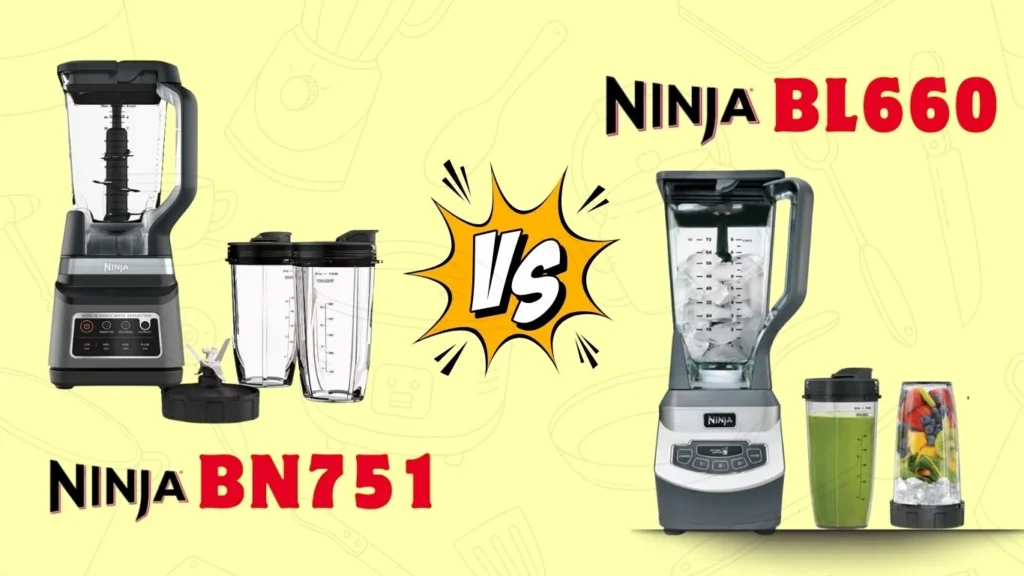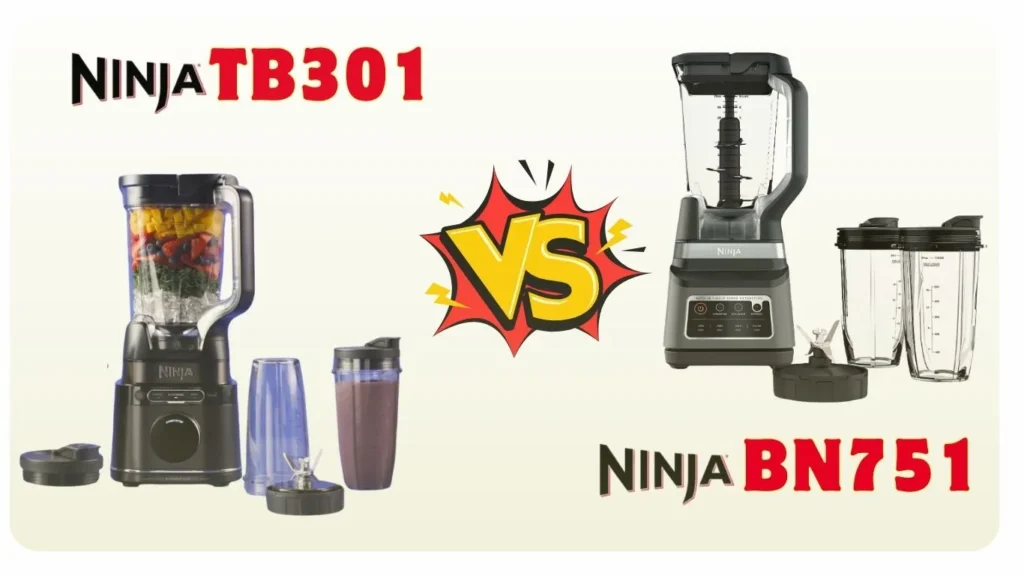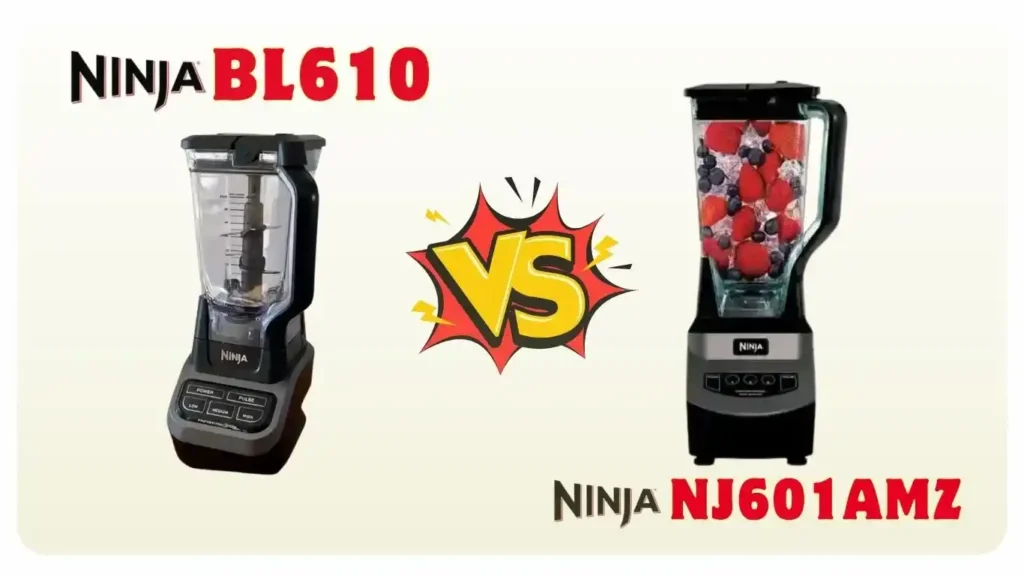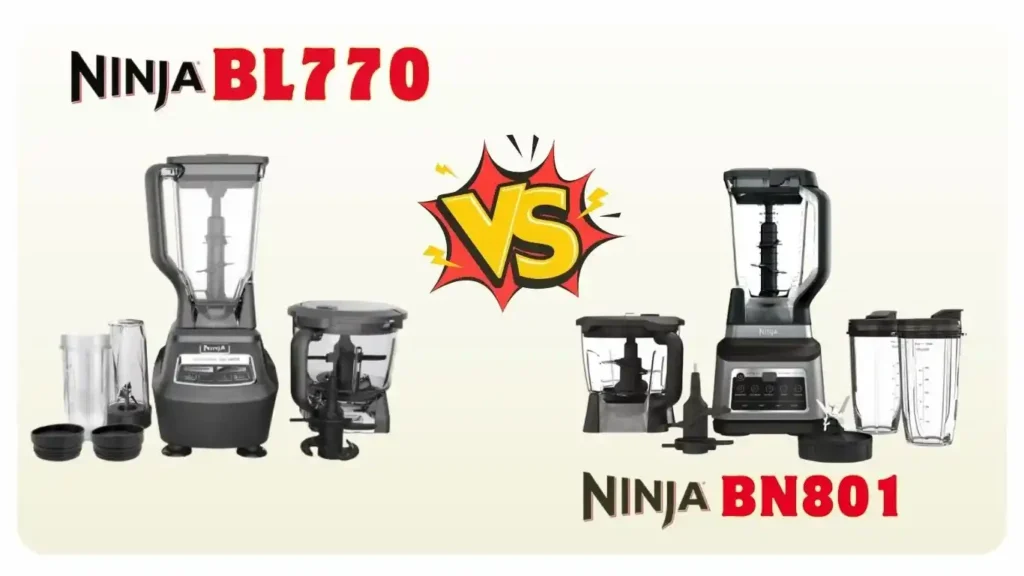Is your Ninja blender refusing to turn on just when you need it most? It’s frustrating when a kitchen tool you rely on suddenly stops working.
But don’t worry—you don’t have to throw it away or rush to buy a new one. You’ll discover simple and effective steps to fix your Ninja blender quickly. By the time you finish reading, you’ll know exactly what to do to get it running smoothly again.
Ready to bring your blender back to life? Let’s dive in.
Common Reasons For Blender Not Starting
Ninja blenders may stop working and refuse to turn on. This issue happens often and has common causes. Knowing these reasons helps you fix the problem faster. Most blender issues come from simple problems with power, safety features, or parts. Check these areas before seeking help or buying a new blender.
Power Supply Issues
The blender might not get power. The outlet can be faulty or off. Check if the outlet works with another device. A tripped circuit breaker can stop power flow. Make sure the blender plug fits tightly. Loose connections cause no power to the blender.
Safety Lock Problems
Ninja blenders have safety locks to prevent accidents. The blender jar must sit correctly on the base. If the jar is not locked, the blender won’t start. Check if the lid is closed properly. Safety features block the motor if parts are loose.
Motor Overload
Blending thick or large amounts may overload the motor. The blender stops working to protect itself. Let the motor cool down for 15 minutes. Use smaller portions to avoid motor overload next time. Overuse can cause permanent damage to the motor.
Damaged Power Cord
A damaged or frayed power cord can stop the blender. Look for cuts, bends, or worn areas on the cord. Avoid using the blender if the cord is damaged. A broken cord is dangerous and needs replacement. Check the cord regularly for safety.
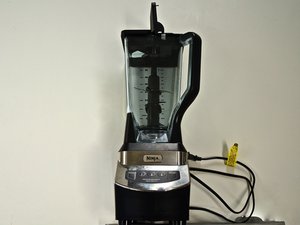
Credit: www.ifixit.com
Basic Troubleshooting Steps
Basic troubleshooting steps help find simple problems with your Ninja blender. These steps save time and avoid costly repairs. Start with easy checks before calling for help. Follow each step carefully for the best results.
Check Power Source
Make sure the outlet works by plugging in another device. Sometimes the outlet may be off or broken. Try a different outlet to see if the blender powers on. Avoid using extension cords or power strips that may be faulty.
Inspect Power Cord And Plug
Look closely at the blender’s power cord and plug. Check for cuts, frays, or damage. A damaged cord can stop the blender from turning on. Do not use the blender if the cord looks unsafe.
Ensure Proper Assembly
The blender may not start if parts are not locked correctly. Check if the pitcher, lid, and blade assembly fit securely. Many Ninja models have safety features that prevent operation if parts are loose. Align and lock all parts firmly before trying again.
Reset The Blender
Turn off the blender and unplug it from the outlet. Wait for about 5 minutes to let it reset. Plug it back in and try to turn it on. This simple reset can clear small electronic glitches causing the problem.
Fixing Safety Lock And Lid Problems
The Ninja blender will not start if the safety lock or lid is not set right. These parts keep you safe by stopping the blender from running when open.
Check the lid and safety lock carefully. Small mistakes here can stop your blender from working. Follow simple steps to fix these issues and get your blender running again.
Aligning The Lid Correctly
Place the lid on the blender jar in the right position. Most Ninja lids have arrows or marks to guide you. Turn the lid gently until it clicks or locks in place. A poorly placed lid will stop the blender from turning on.
Cleaning Safety Lock Mechanism
Food and dirt can block the safety lock. Use a clean, dry cloth to wipe the lock area. Avoid water or liquid near electrical parts. Clean locks work better and allow the blender to start safely.
Testing Lid Switch
The lid switch tells the blender if the lid is secure. Press the lid switch with your finger. It should move smoothly and click. If it feels stuck or loose, the switch might need repair or replacement.

Credit: www.ifixit.com
Motor And Electrical Repairs
Motor and electrical issues often stop a Ninja blender from turning on. These parts control the blender’s power and speed. Fixing them can bring your blender back to life. Understanding motor and electrical repairs helps you find the problem fast. This section breaks down key steps to check and repair your blender’s motor and wiring safely.
Diagnosing Motor Issues
First, listen for any humming or buzzing sounds. These signs show the motor may try to work but can’t start. If the blender is silent, the motor might be dead. Check for burnt smells near the motor area. This smell can mean the motor is damaged or overheated. Test the motor with a multimeter to see if it has power. No power means the motor or its parts need repair or replacement.
Replacing Blown Fuses
Fuses protect your blender from electrical surges. A blown fuse can stop the blender from turning on. Find the fuse inside the blender’s base. Use a screwdriver to open the panel carefully. Check the fuse for a broken wire or dark spots. Replace it with a fuse of the same rating. After replacement, test the blender to see if it powers on.
Checking Internal Wiring
Loose or broken wires can stop the blender from working. Open the blender’s base carefully using the right tools. Look for wires that are disconnected or damaged. Use a multimeter to test wire continuity. Fix loose connections by tightening or soldering wires. Replace any frayed or burnt wires to avoid shorts. Ensure all wires connect firmly before reassembling the blender.
Preventive Tips To Avoid Future Issues
Preventive tips help keep your Ninja blender working well. Small actions stop big problems. Save time and money by caring for your blender daily.
Regular Cleaning And Maintenance
Clean the blender after each use. Remove food particles from blades and jars. Use warm, soapy water and a soft cloth. Avoid harsh scrubbing that can damage parts. Check the base and buttons for dirt. Wipe them gently with a damp cloth. Regular cleaning prevents buildup that blocks operation.
Avoiding Overloads
Do not fill the blender beyond the maximum line. Overfilling puts strain on the motor. Use smaller portions for thick or heavy ingredients. Blend in batches to reduce stress on the machine. Overloads cause the blender to stop or not turn on. Protect the motor by following capacity guidelines.
Safe Usage Practices
Ensure all parts are securely locked before starting. Never run the blender without the lid. Keep the blender on a flat, stable surface. Avoid pressing buttons too hard or too fast. Allow the blender to cool down after long use. Following safe steps prevents damage and extends life.
When To Seek Professional Help
Sometimes, fixing a Ninja blender at home is not safe or effective. Knowing when to seek professional help saves time and prevents further damage. Professionals have the tools and knowledge to handle complex problems. They ensure your blender works correctly and safely.
Signs Of Major Electrical Faults
Unusual smells like burning plastic or rubber can signal electrical issues. Sparks or smoke from the blender are serious warning signs. The blender may also make strange noises or fail to start despite checking power sources. Frequent tripping of circuit breakers when using the blender shows electrical faults. These signs mean the problem is beyond simple troubleshooting.
Warranty And Service Options
Check if your Ninja blender is still under warranty. Using authorized service centers keeps your warranty valid. Professional repair may be free or low cost during warranty coverage. Outside warranty, official service centers provide reliable repairs with genuine parts. They offer expertise that reduces the risk of further damage.
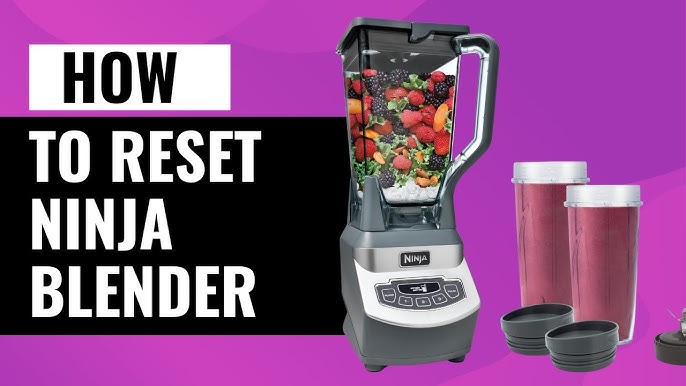
Credit: www.youtube.com
Frequently Asked Questions
Why Is My Ninja Blender Not Turning On?
Your Ninja blender may not turn on due to power issues, faulty cords, or improper assembly. Check the power source, ensure all parts are securely connected, and inspect the cord for damage. Reset the blender if it has a safety lock feature.
How Do I Reset A Ninja Blender Safely?
Unplug the blender, wait for 5 minutes, then plug it back in. This resets the internal safety mechanisms. Ensure the pitcher and lid are correctly placed before turning it on again to avoid safety lock activation.
Can A Blown Fuse Cause Ninja Blender Failure?
Yes, a blown fuse can prevent your Ninja blender from powering on. Check the fuse or circuit breaker in your home. If blown, replace the fuse or reset the breaker to restore power to the blender.
What Should I Check If Ninja Blender Won’t Start?
Verify that the blender is plugged in and the outlet works. Confirm the pitcher and lid are properly attached. Inspect the power cord for damage and look for any error lights indicating safety lock or motor issues.
Conclusion
Fixing your Ninja blender not turning on can be simple. Check the power source first and ensure it’s plugged in properly. Inspect the blender parts for any damage or misalignment. Clean the base and blade assembly to avoid blockages. Reset the blender if it has a safety lock feature.
Taking these steps saves time and money. Keep your blender in good condition to avoid future issues. Regular care helps your blender work smoothly every day. Simple checks can bring your Ninja blender back to life.

Hi, I’m Joshua Miller, a U.S.-based food lover, review writer, and Co-founder of KitchenWink.com. I hold a Bachelor of Science in Food Science and Culinary Technology, and for over five years I’ve been testing kitchen gadgets like air fryers, blenders, and other cooking tools.
I’m also a home cook, so every product I review is tried in real kitchens—not just in theory. My reviews are based on real results, simple fixes, and tips that anyone can use. With both formal training and hands-on testing, I make sure my advice is clear, honest, and practical.
My goal is simple: to help home cooks choose the right tools and make cooking easier every day.

